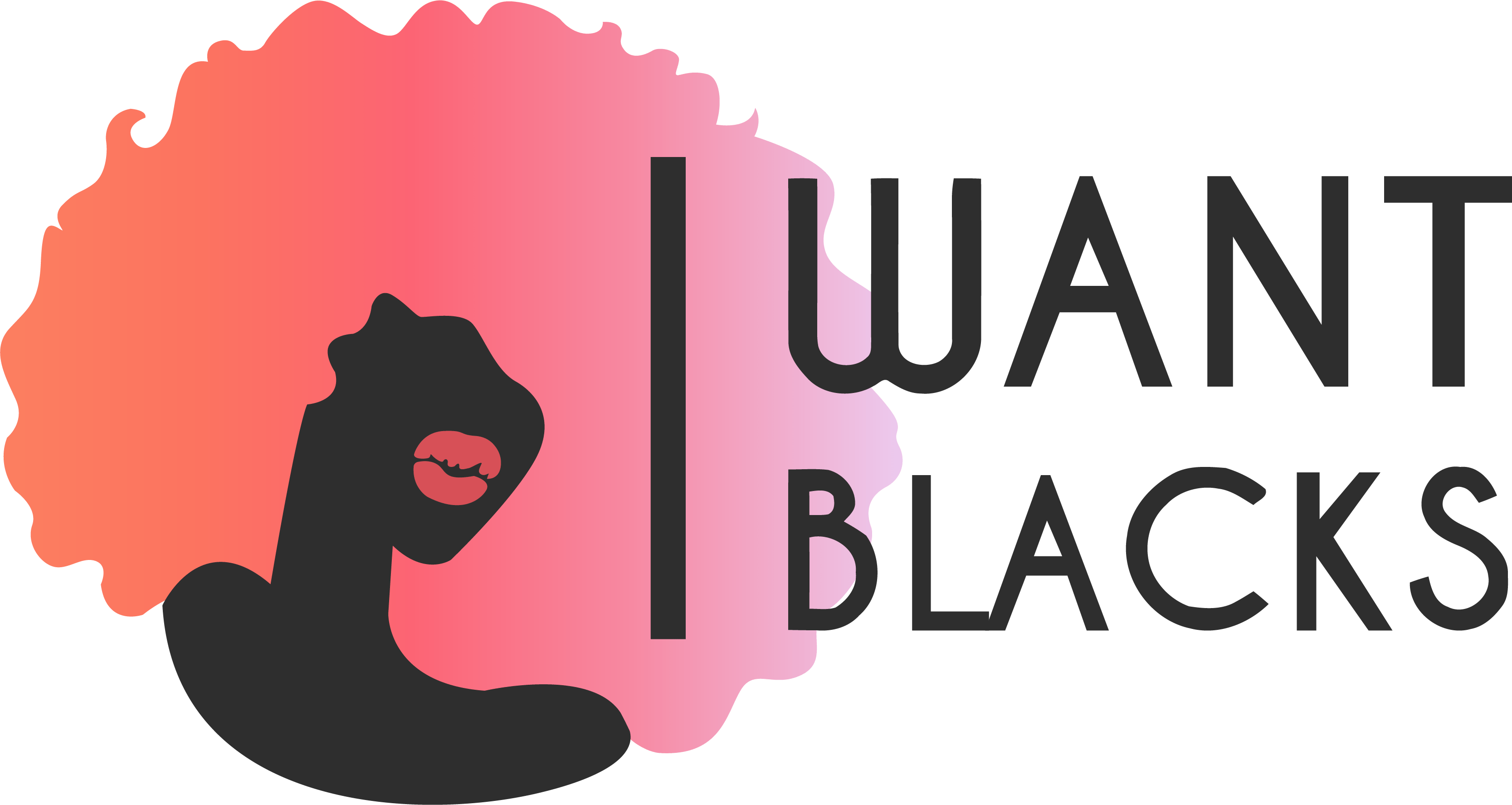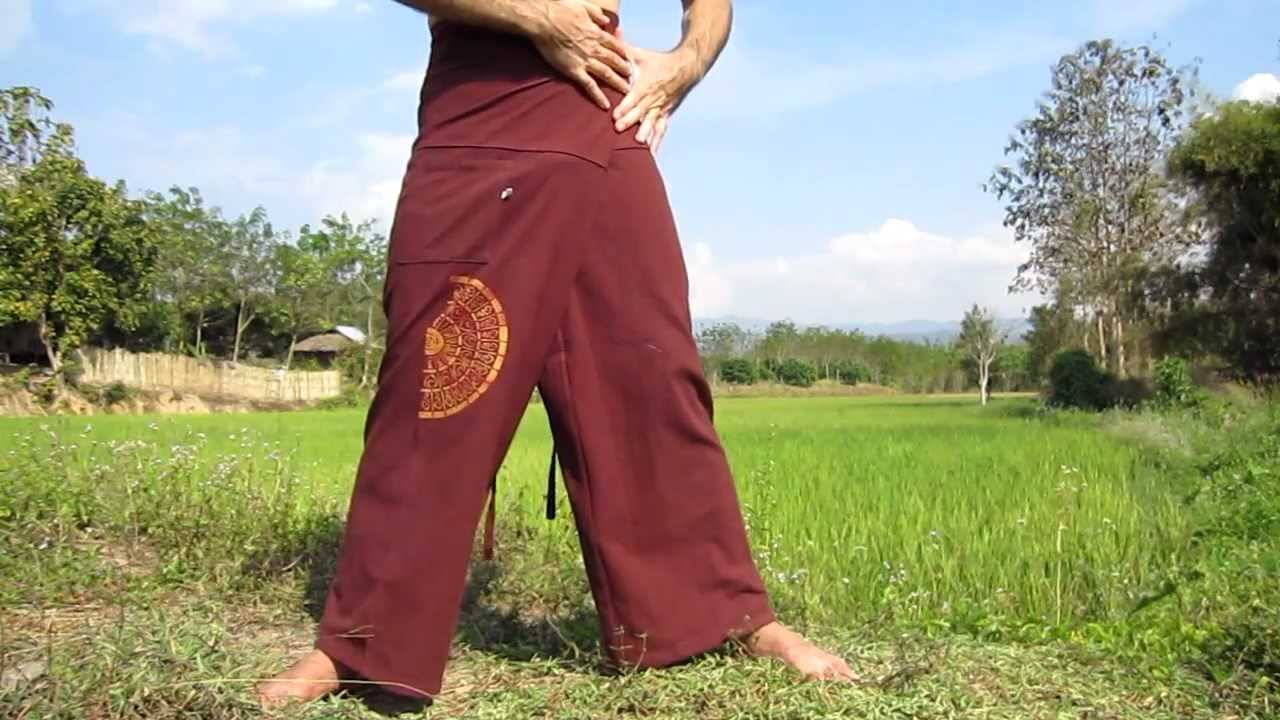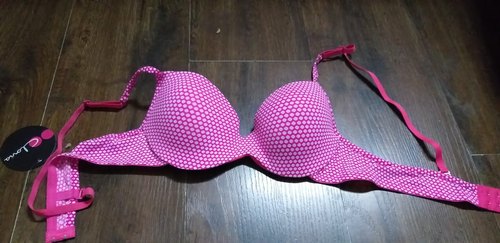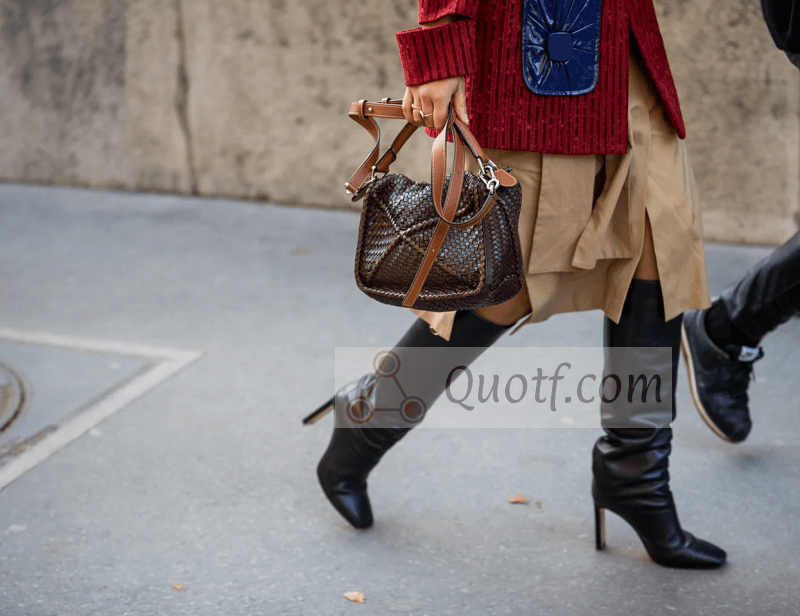Types of Leather Finishes – Different Types Of Leather
All good essence leather products such as wallets, watch straps, and handbags are tender and then dyed evenly. From this point on, the leather is removed in different ways to reveal the leather product’s desired effects, colors, and properties.
The leather finish can be used for visual effects, such as sealing the outer layer of leather to create a nubuck finish for a velvet texture. The leather finish can also be used for practical purposes to make the leather more resistant, such as a waxed finish coating the leather with a protective layer to protect it from more dirt.
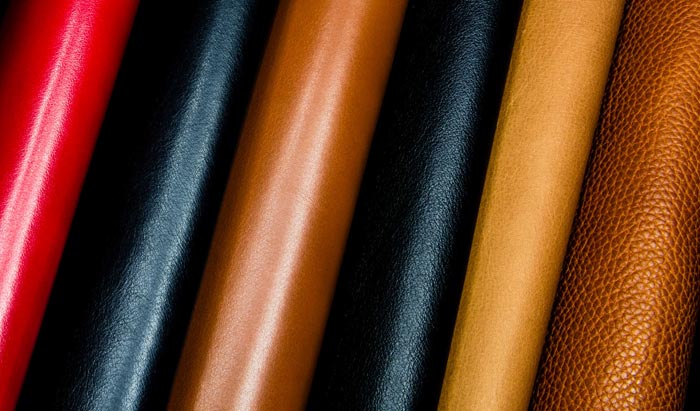
Types of Leather Finishes
Understanding what kind of leather is available allows you to choose the best finishing for your needs and appearance. Here are some common endings:
Nu Buck:
Nubuck is aniline leather lightly sanded to enhance the nip (short protein fibers), giving soft, smooth velour types of leather finishes. Sanding also removes any hidden defects or visible marks. It can be further dyed with a light airbrush with oil. However, it has no surface protective coating.
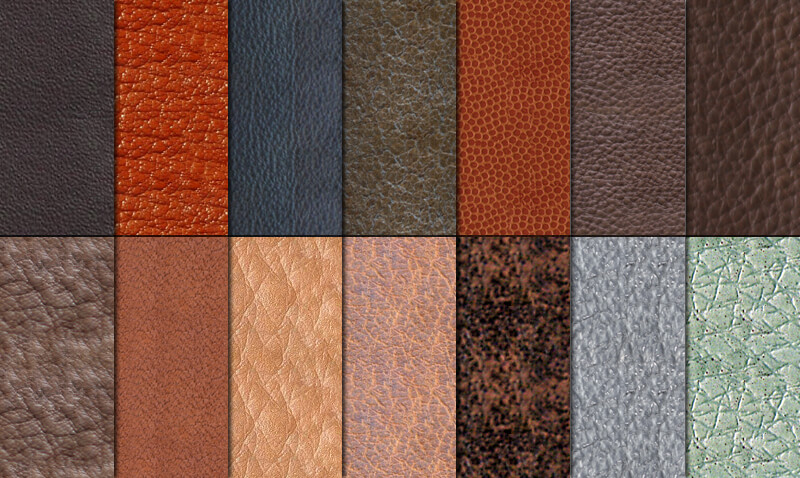
It still has some protection by adding special treatment during processing which provides some dirt resistance. In addition, it has moderate UV resistance, which means it can be oxidized and colored for a long time in direct sunlight. However, its main advantage is its high durability, as it is derived from top-grain leather with slight modifications.
Aniline:
Aniline leather is a very luxurious leather. It is very soft to the touch. As leather is organic and natural, different parts of the cover will absorb different amounts of aniline dye so that you will see other shade conditions. As it gets a little treated, great care must be taken to keep the skin looking its best. The use of aniline leather products is not recommended where it is easily exposed to dirt and spread.
Semi-Aniline:
Semi-aniline leather is made like pure aniline but includes a thin protective topcoat from wear and stains. Like aniline leather finishes, it is usually made from high-grade skins with fewer natural markings. It is suitable for use in medium to light clothing. Semi-aniline is very soft and often shows natural scarring, such as healing scars, growth marks.
Embossed:
Embossed leather is created when a specific texture, pattern, or design is created using heat and high pressure on the leather. Typical embossing designs include alligators, crocodiles, flowers, and geometric patterns. Embossed finishes are often combined with other finishing processes to create excellent visual effects and textures in leather.
Colored Top-Coated:
It is considered highly practical for upholstery leather. It is hard when new but will soften with use and will have good resistance to color loss.
Unlike the above finish, it does not show the finished pores and hides the natural color variations in the skin. Instead, the paint and surface are evenly and evenly coated with lubricant, which gives it lightness and stain resistance. It has a reduced ability to breathe, which is sometimes compensated by perforation.
It is one of the most high-quality leather finishes. It is also suitable for most people, requires a little care, and is more durable than non-greasy leather. It is not as soft and sleek as aniline and semi-aniline leather, but its hardness and compact coat allow it to be used more without much use. Lubricated whole-grain leather is excellent for most applications, especially those that experience repeated wear. This finish is ideal for “daily” accessories.
Remove Wax and Oil:
The skin is wiped off with wax or oil or a combination of both. These leather-specific oils and waxes provide a protective coating and enhance the visual effect of the base dye color. It is highly resistant to dirt wear. This leather may become lighter in color over time and need to be repainted with wax and oil.
Ancient Grain (Two Tons Leather):
The topcoat is applied unevenly or partially to achieve two-tone leather to show a contrasting essential color coat. Before applying two-colored coats to the skin, hollows or creases will appear so that the first coat, usually darker, will be depressed. This finish creates a friendly, aged look without waiting for the natural patina.
Dry Blended Leather:
To achieve this, the leather is loaded into milling drums and rotated. The softening action sharpens the natural lines in the leather to give it an attractive pebble effect. In addition, it softens the skin and is a technique used to soften the tender skin of vegetables. This is an excellent finish for clothing and upholstery.


